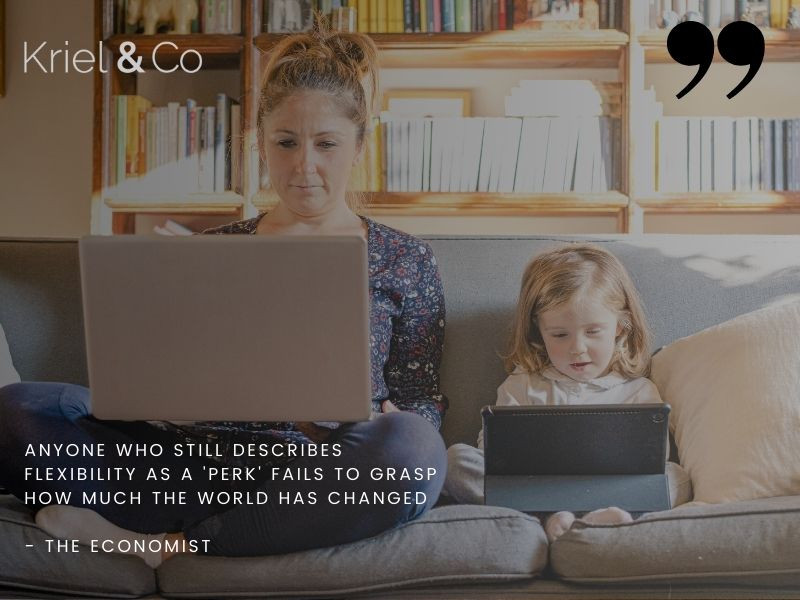Why the cloud is a no-brainer for Small to Medium sized Businesses (SMBs)
31 October 2018
10-minute read.
Cloud technology has been proclaimed by many digital strategists as a driving force that will significantly reshape Information Technology for years to come. The cloud offers Small to Medium sized Businesses (SMBs) new capabilities that would have historically been too costly to justify, as well as a better chance to compete with larger organizations - transforming systems to become more agile, cost-efficient and secure.
We share insights from our collective consulting experience on implementing cloud-driven solutions and digital transformation strategies across multiple industries on how the cloud is a no-brainer for SMBs.
The cloud saves you money and helps your bottom-line.
Traditionally, SMBs had to purchase their own hardware such as on-site servers and data storage facilities – a costly CAPEX exercise for a business wishing to scale whilst staying cash-flow positive. A significant advantage of the cloud approach is that SMBs can avoid these upfront investment costs by adopting an ‘outsourcing model’, whereby infrastructure and storage is leased on a subscription-based model from cloud services providers. There is therefore no need to 'reinvent the wheel'.
The subscription models offered by major cloud services providers offers monthly user-based subscription fees, with licensing options tailored to your specific business needs. Further considering the array of features and capabilities which can be upgraded or downgraded as the business grows, the cloud offers SMBs enhanced flexibility and immediate availability of world-class infrastructure and services as and when it is needed. We also sometimes recommend a hybrid approach to clients, which utilizes current on-premise infrastructure and existing proprietary technology with cloud capabilities to get the best return on the technology that the SMB has already invested in thus far.
The cloud is probably safer than the tech you’ve got in the office.
‘How safe is it?’ – a question that regularly arises in boardroom discussions on adopting a cloud-driven approach to business. As part of the outsourcing model, all data and business information is stored in highly secure server farms or data centers across the world, managed by top cyber security experts who the likes of Microsoft, Google and Amazon employs on your behalf as part of your subscription. In our change management strategies focused on the cloud, one of the most significant mind-shifts and buy-in components required from senior leadership is to come to the realization that Cloud Services Providers can do a far better job at protecting your company’s data from cyber-crime than you can on your own with a home-grown server. Because we cannot see or ‘feel’ the data in our local server room, change management often requires establishing trust in where the data is going, who can access it and what the provider is doing to protect it. Simplifying cloud terminology into business language is therefore a priority at the start of any cloud-based digital strategy.
Most major cloud service providers store at least three copies of each piece of data in an encrypted format, all in different locations in their data centre network around the world. Provided you take care of your credentials (e.g. your password), and your organizational cyber policies are air-tight on device and network use - only you can access those files. Also ensure you are working with a consultant who can guide you on the relevant data protection compliance such as GDPR (Global Digital Privacy Regulation) and more locally POPI (Protection on Personal Information Act) in South Africa, which will determine how your cloud service and Cyber Policies will be set up.
The cloud promotes best practices in collaborative and flexible workplace strategies.
Another significant mind-shift for business owners as part of our change management approach is that many organizational inefficiencies and collaborative challenges can be solved by cloud technology – therefore being much more than just a place for saving documents. In the world of yesterday, we used to save content in the cloud as a ‘back-up’. Now however, teams work dynamically from the cloud, saving and collaborating straight from the leased cloud-based server – sharing links as opposed to attachments and copies of files, which results in endless duplication and inefficient collaboration.
An SMB often approaches us with one problem that needs to be solved by the cloud, and as part of a digital transformation journey we often identify many more solutions to underlying problems that can be addressed through the cloud-driven approach – usually inclusive of the licensing fees that were earmarked from the beginning.
In today’s always on and connected world, the cloud provides employees and teams the flexibility to work from anywhere on any device as well as the ability to collaborate on projects that are often sufficient for the SMB’s needs. Innovative public cloud or ‘out of the box’ offerings are often sufficient, which means the SMB does not have to build or develop a costly proprietary system, intranet or mobile application. Teams can therefore be agile and dynamic, supported with the ability to log in from home or the office. No more VPNs, remote server access or cumbersome interfaces associated with legacy environments.
You can’t just wing it.
Adopting the cloud is an approach that should ideally involve the entire organization and team, building a solution and change management strategy with everyone that will be affected by the change. We have seen cloud strategies fail where key decision makers force the technology onto an organization, as opposed to taking the time to involve the team from the start in a collaborative approach that sustains digital change. Involving a resource such as a consulting CIO on the Kriel & Co model is worth considering before embarking on digital change without the necessary technical and change management expertise.





